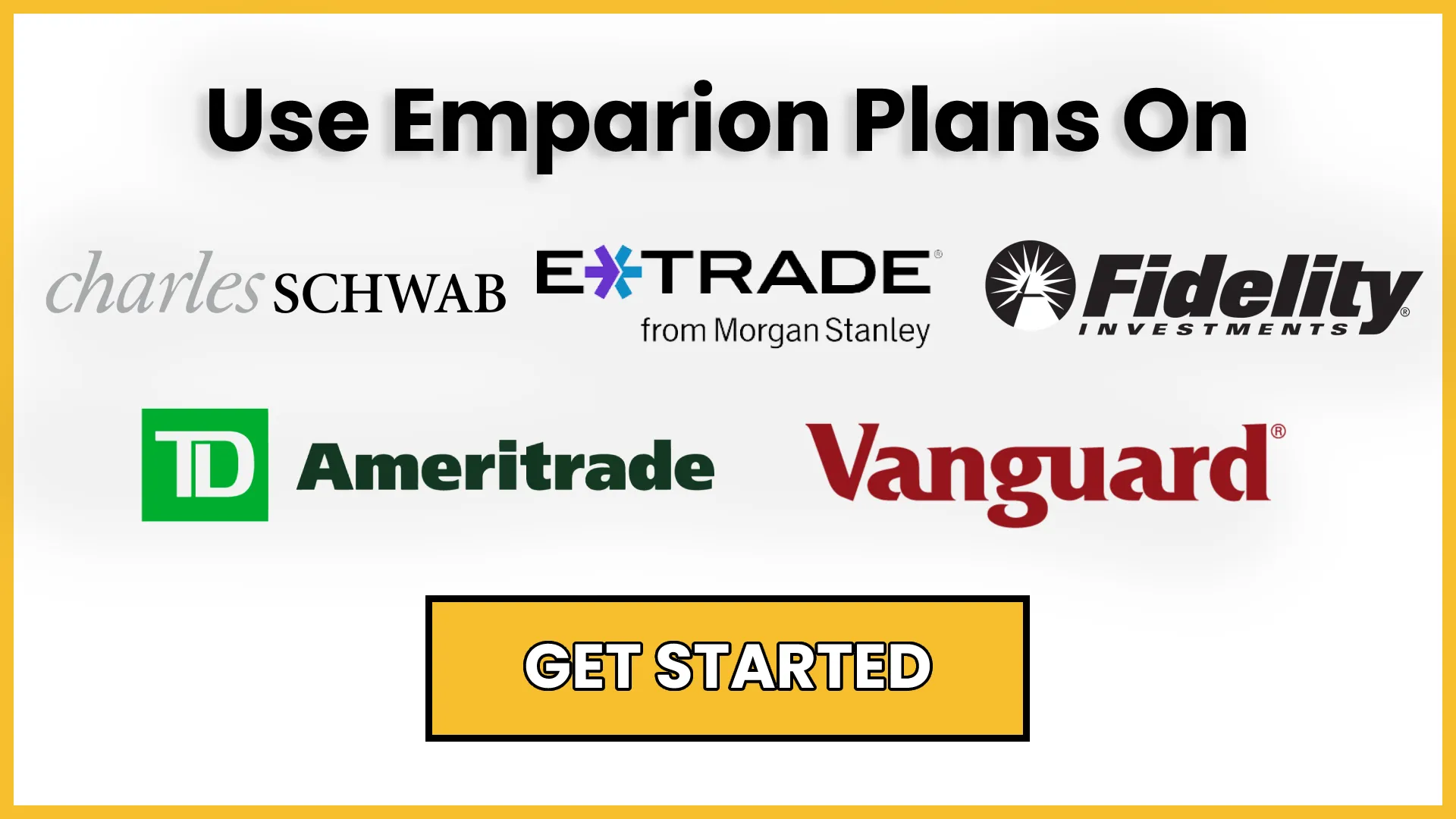It is important to make yourself familiar with the controlled group before you open 401(k). The IRS treats controlled groups as one employer when businesses are just like members of controlled groups. But control group rules also relate to cash balance plans.
If two or more than two businesses (or trades) are running common ownership interests, these businesses can be considered controlled groups. When this occurs, they are treated as one entity for plan purposes.
Let’s take a closer look at the cash balance plan control group rules.
Cash Balance Plan Controlled Group Rules: Group Types
Multiple business owners who are looking to open 401 k should always get hold of their tax advisors immediately. It would be advisable to ask the tax advisor if the numerous businesses you own can constitute a controlled group.
Employers of a controlled group are free to take up any form like C corporations, S corporations, partnerships, and tax-exempt organizations, LLC, or sole proprietorship. These can also be a combination of any of these things.
There are three types of controlled books. Let us discuss about them down below.
1. Parent Subsidiary Controlled Group
A parent organization or more than one subsidiaries of that organization make up a controlled group. The parent subsidiary group should own at least 80 percent of the subsidiary organization to form a parent subsidiary group. This is also called controlled interest. Additionally, members should own a minimum of every subsidiary organization of the controlled group (parent subsidiary).
2. Brother Sister Controlled Group
In case you want to be considered a brother-sister controlled group, you need to own an aggregate of 5 to 7 positions. The same five people or higher should meet the criteria of the requirement of controlling interest should have clear control of every organization.
3. Combined Control Group
Brother and sister controlled groups and parent subsidiary both make up combined control group. Both of the above-mentioned groups must have a common parent organization.
Cash Balance Plan Controlled Group Rules: Ownership
You might have noticed that all of the three controlled groups have one thing in common, and that is ownership. Ownership for every control group largely varies according to the entities that are in play. Estates, trusts, sole proprietorships, partnerships, and corporations are a few examples of some of the entities. If you want to find out if your business is a member of a controlled group, the employer must ask two simple questions from their cash balance plan TPA.

Following are the two questions that employers should ask:
- What kind of interest in ownership does the business have with other companies?
- Which entities and individuals have interest on ownership in this business?
Every employee, including the owner, that is eligible for participation should receive contributions for the plan. So considering the cash balance plan cost, make sure that you understand the rules before you set one up.
